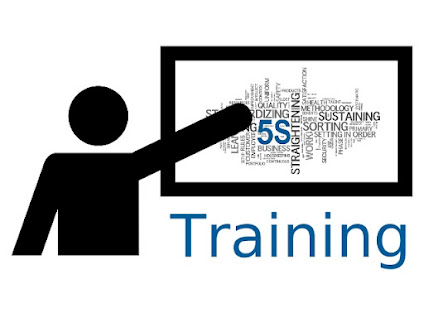DOE vs. Trial and Error: How Training Can Save Time and Resources
When it comes to solving problems,
there are two main approaches that organizations can take: DOE (Design of
Experiments) and Trial and Error. While both methods have their advantages,
each approach has its own unique set of benefits that make them suited for
different scenarios. In this blog post, we’ll explore the differences between
these two techniques in order to better understand how training can save time
and resources when used effectively.
Also Read: Process Capability Training
First off, let's start with DOE
(Design of Experiments). This method involves using a structured process to
systematically test various combinations of factors in order to determine which
combination produces the most desirable outcome or result. By doing so,
businesses are able to identify what works best quickly and efficiently without
having to waste time on trial-and-error experimentation or guesswork.
Furthermore, since this technique is based on data from experiments rather than
intuition alone – it allows companies more confidence when making decisions
about future projects as they know exactly what worked before in similar
situations.
On the other hand Trial & Error
is an iterative process where solutions are tested until one succeeds or fails
completely; meaning no matter how much effort you put into finding a solution –
if none exists then you will ultimately fail at reaching your goal(s). Additionally
due to its reliance upon guessing rather than analysis - trial & error
often results in wasted resources such as money/time spent trying out numerous
possible solutions before arriving at one which may not even be successful
anyways! As such - while useful for quick fixes - relying solely upon trial
& error over longer periods could potentially lead businesses down costly
paths with little return on investment (ROI).
Fortunately, though there’s another
option available for those who want something more reliable yet still
cost-effective: design of experiments training. With proper education
regarding the Design of Experimentation processes, teams will be equipped with
the knowledge necessary to increase chances of success while simultaneously
reducing the risk associated with failure. Not only does provide staff members
with the tools needed to achieve desired outcomes but also saves the company
valuable resources by avoiding wasteful experimentation attempts through
correct implementation strategies beforehand!
All said and done, investing proper
training towards design experimentations versus trial errors pays dividends
long run terms saving both money and time and allowing businesses to reach
objectives faster safer manner!




Comments
Post a Comment